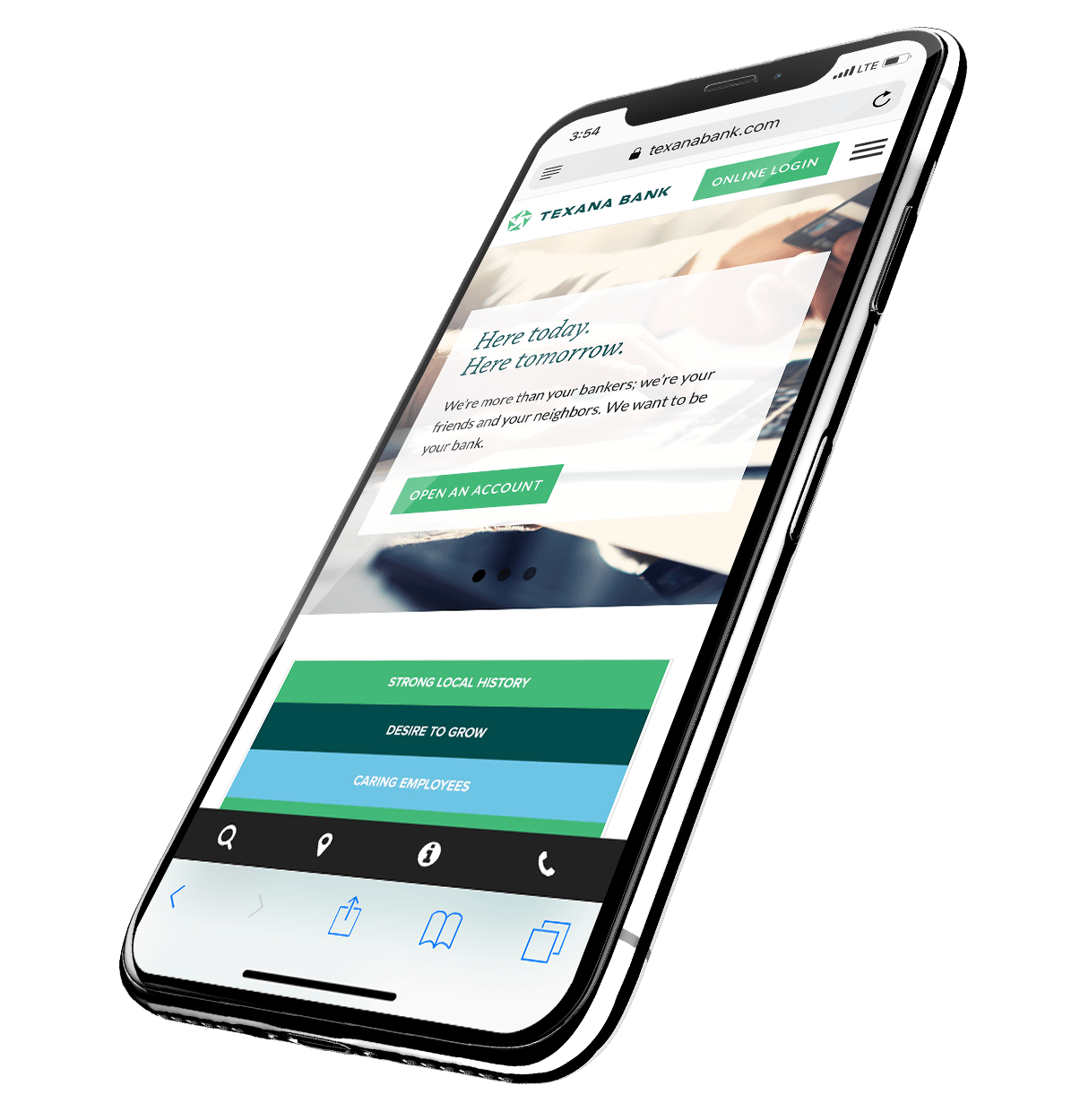Features vs Benefits vs Beneficial Features
The battle of features versus benefits is as old as time—or at least as old as the advertising industry itself.
Features are the lifeless attributes of a product, service, or brand.
Benefits are the value a client should find in your product, service, or brand.
While most of us likely understand the difference and preference toward benefit, we rarely explore why benefits are better.
The core differentiator is around extrapolation—drawing conclusions. Benefits innately capture value. Some features might seem valuable (especially if you have a writer’s confirmation bias), but they require readers/listeners/viewers to apply their own experience.
Big is a feature. While “bigger is better” is a well-known phrase, we don’t all process “big” in the same way. For some, “big” can be overwhelming. For others, “big” is invigorating—a concept that brings options and potential to explore.
By simply saying “big,” you can’t expect a universal result. Therein lies the problem.
Benefits bridge the gap and make the intended connection for your audience.
This becomes into greater contrast in community bank marketing, though. Our features don’t necessarily evoke a natural benefit. We rarely have “big” at our disposal as community bankers. Instead, we must extoll the virtues of being small. We have to connect the dots for potential clients to understand why smaller is more accessible, nimble, and responsive.
There are added dangers. We can lean on words we often feel are naturally positive and beneficial.
Words like community, family, and personal permeate banking text. There’s nothing wrong with these words in and of themselves. But we must understand our perspective on these is not universal.
In the debate of features versus benefits, I call these words “beneficial features.”
They’re words loaded with meaning, but that meaning is not ubiquitous or universal.
We all understand the intent behind a word like “family.” It’s a single word that can communicate a tight-knit group who all act in one another’s interest—a loving group of people.
However, this isn’t the reality in all families. Not everyone experienced an idyllic version of family—for some, it is the opposite.
It can be the same with community. It’s not always a safe and positive environment.
These words, whose truth we hold to be self-evident, often don’t communicate with the volume of meaning and positive we want to confer. At their core, they’re just features—even if their leaning is beneficial.

I’m not just being a semantic devil’s advocate. And I am certainly not saying to avoid positive words because they might be negative to a certain group. You just cannot rely solely on the positive intent of these words without connecting the dots for your audience. You must know these words do not communicate enough on their own. They’re still features (no matter how beneficial or positive). With any feature, you must connect the dots to the benefit for your audience.
When we use phrases like, “We’re a true community bank,” we must follow up with explanation and meaning for much of our audience—regardless of their feeling of the word “community.” We use the phrase universally within the industry, but our audience doesn’t inherently gather the benefit. It’s up to us to connect those dots.
If your bank truly provides a family-like atmosphere or is a true community partner, visitors to the branch or your social channels shouldn’t even have to be told “family” and “community.” They should see these concepts in the photos, comments, and experiences. But you must make certain these visitors understand why family and community are benefits.
We must remember that any feature requires some connecting of the dots. Don’t make your audience work to determine your meaning. Make it clear for them. It’s worth the extra words, and it’s worth the extra time.


